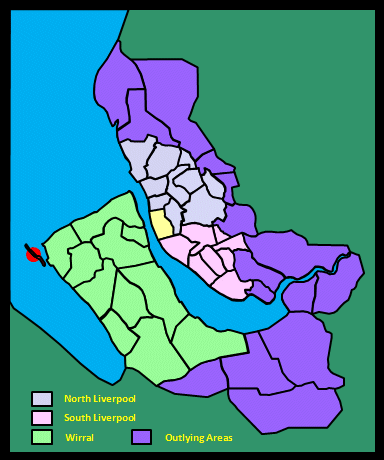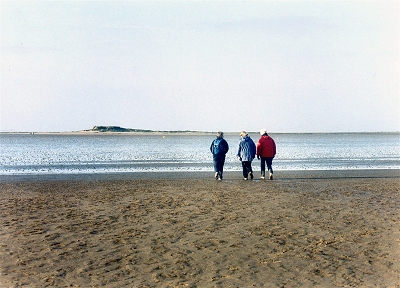 |
West Kirby Shore and Little Eye
This is the route out to the tiny island of Little Eye from West Kirby across the shore at low tide, a popular excursion combined with the onward crossing to Hilbre Island. |
 |
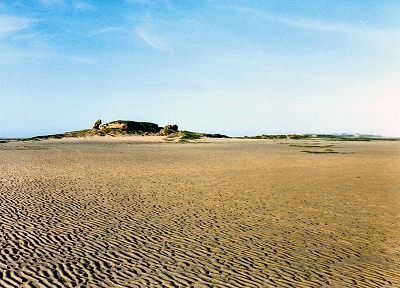 |
Little Eye
who are you, little eye? ... (with apologies to e.e. cummings for bastardising his poem). Well, it is a tiny 'grassy knoll' on a bed of sandstone that rises only a few feet above the sea at high tide off the coast at West Kirby. |
 |
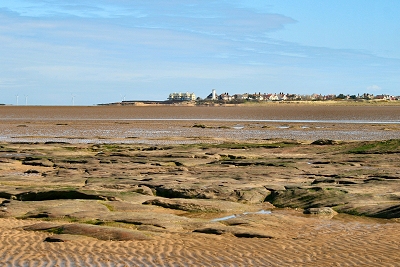 |
Hilbre Point from Little Eye |
 |
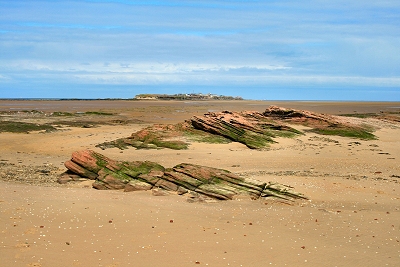 |
The Hilbre Islands from Little Eye |
 |
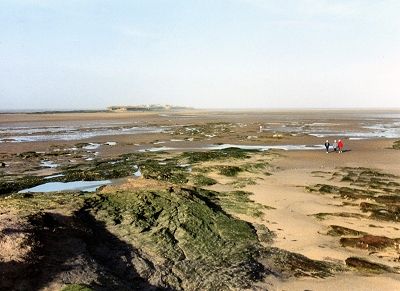 |
The Hilbre Islands from Little Eye
This view illustrates the beautifully shifting colours to be seen under low angle winter sunshine. |
 |
 |
Hilbre and Little Hilbre Islands
Approaching Hilbre Island (left) and the nearer Little Hilbre Island (right). The islands are now a local nature reserve, part of the Dee Estuary Site of Special Scientific Interest which is one of the ten most important estuaries in Europe for the overwintering of wildfowl and wading birds. Grey seals are attracted to lazing about on the sand bank to the west and can be seen swimming around the islands at most times of the year. Occasional whales and dolphins have also been sighted. |
 |
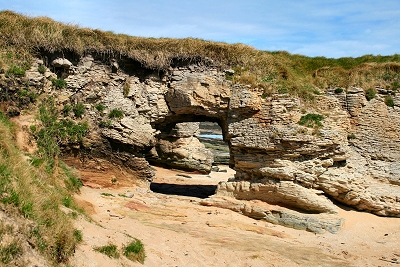 |
Natural Arch on Little Hilbre Island |
 |
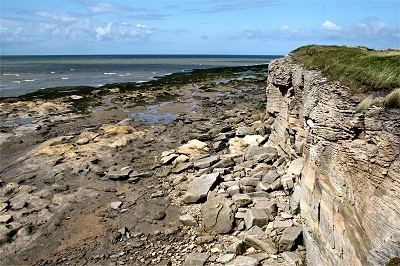 |
Cliffs on Little Hilbre Island |
 |
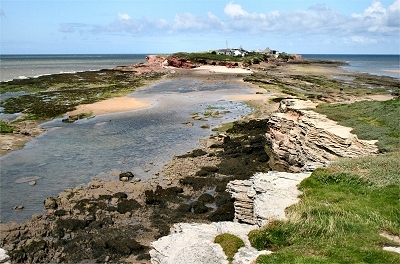 |
Hilbre Island from Little Hilbre Island |
 |
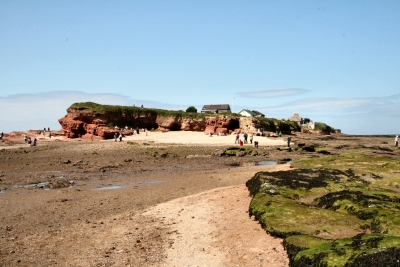 |
Hilbre Island
Formed by the last Ice Age, Hilbre Island and its neighbours show signs of having been visited by Neolithic and Bronze Age people from the artefacts that have been discovered. There was permanent habitation at least from Roman times, which continued through Norman times, when the first written records were made by a cell of Benedictine Monks. The monks lived here until the Dissolution of the Monasteries in 1538. |
 |
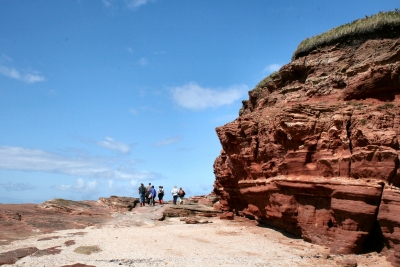 |
Hilbre Island |
 |
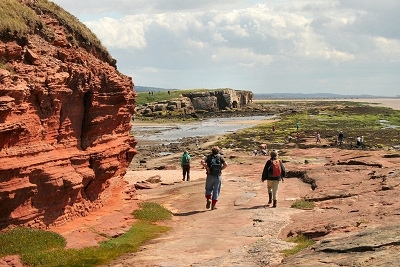 |
Little Hilbre Island from Hilbre Island |
 |
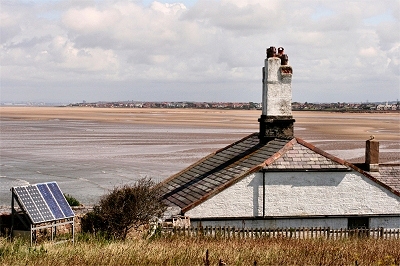 |
Cottage on Hilbre Island
The view towards Hoylake |
 |
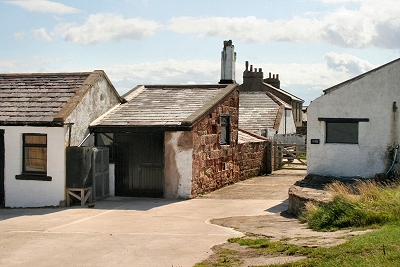 |
Dwellings on Hilbre Island
The islands have historically been used by fishermen and as a stop-off on the voyage from Chester to Ireland, as a result of which a public house had been established by the 18th century at the latest. They have a more dubious reputation for wrecking and smuggling and the innkeeper in the early 19th century was said to be unaccountably wealthy. The present buildings date from the mid-19th century when the telegraph signalling station was built on Hilbre Island. The only permanent resident now is the Dee Estuary Ranger. I heard that a lady lived on the island until comparitively recently, but left after a wave passed right over her house one night during a freak storm. I don't blame her. |
 |
 |
Dwellings on Hilbre Island
West Kirby in the background. |
 |
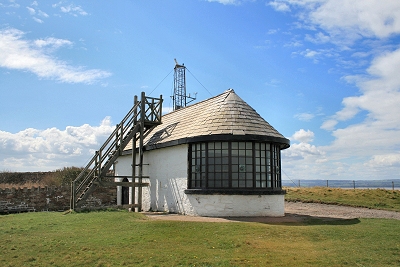 |
The Old Telegraph Station
The recently renovated old telegraph station was set up in 1847 on the site of a 16th century inn as part of a chain of stations providing communication by semaphore (hence the large windows) between Holyhead on Anglesey and Liverpool. This system replaced an earlier one based on (ultimately) 103 flagpoles erected on Bidston Hill. The semaphore was replaced by an electric cable with a specially devised coding system in 1868. |
 |
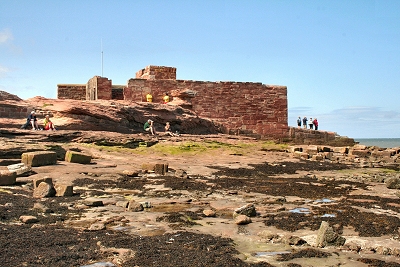 |
The Old Lifeboat Station on Hilbre Island
It must have been a lonely and bleak existence here for the lifeboatmen. A little fireplace remaining near the top of the ramp is quite poignant. |
 |
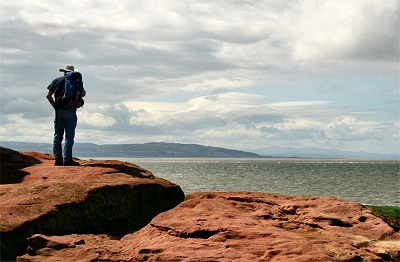 |
The North-West Tip of Hilbre Island
This is Dave, like stout Cortez when with eagle eyes he star'd at the Pacific [...] silent, upon, er, a rock in Cheshire. What's that rustling noise? Oh, it's only Keats turning in his grave. |
 |
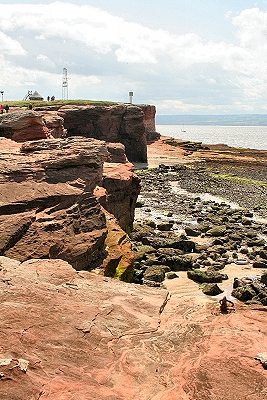 |
The Western Cliffs of Hilbre Island |
 |
 |
The North Wales Coast from Hilbre Island
In the foreground here is the Point of Air with the Carneddau mountains of Snowdonia looming in the background, the highest point of which is Carnedd Llewelyn at 3484 ft (1062 m). |
 |
